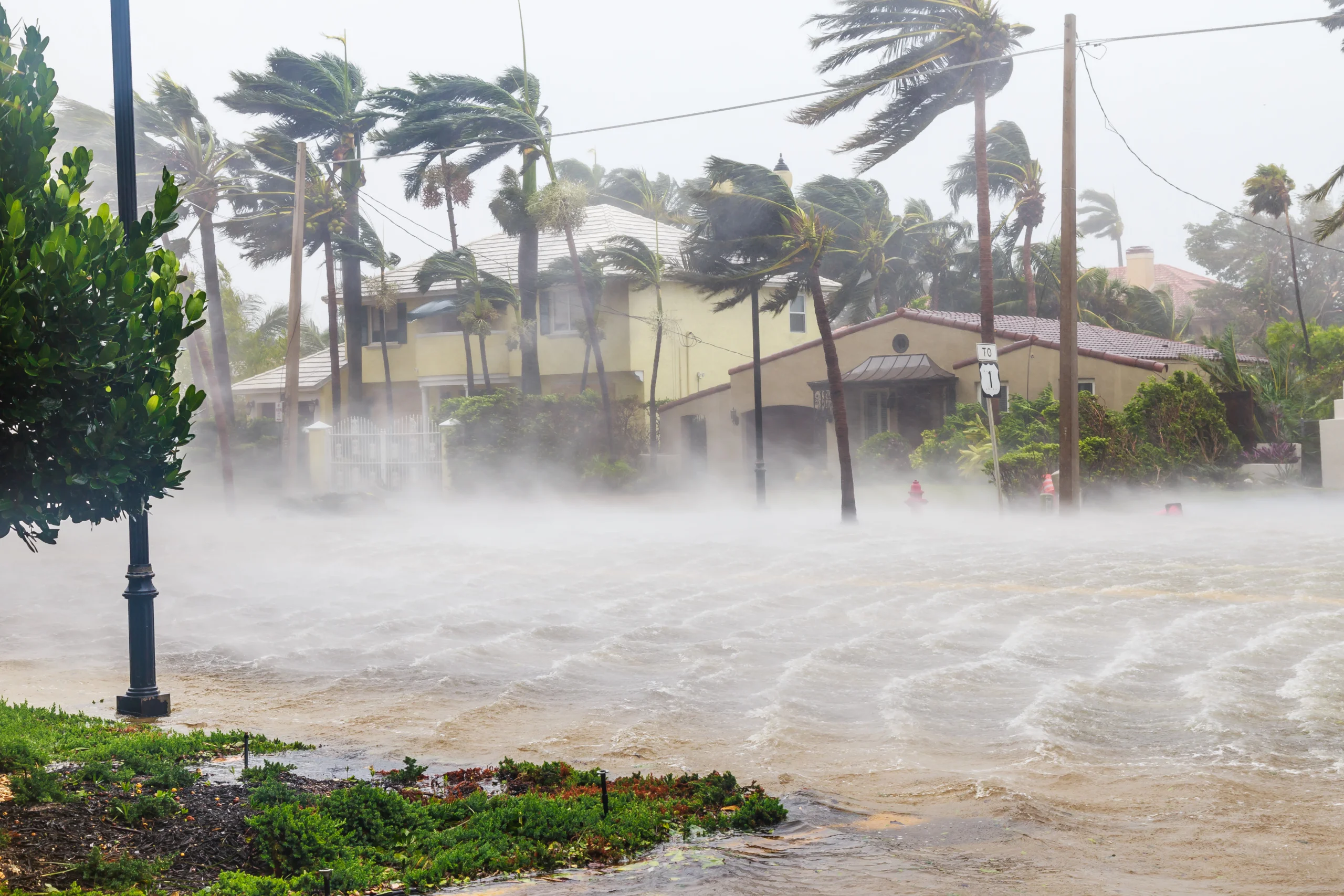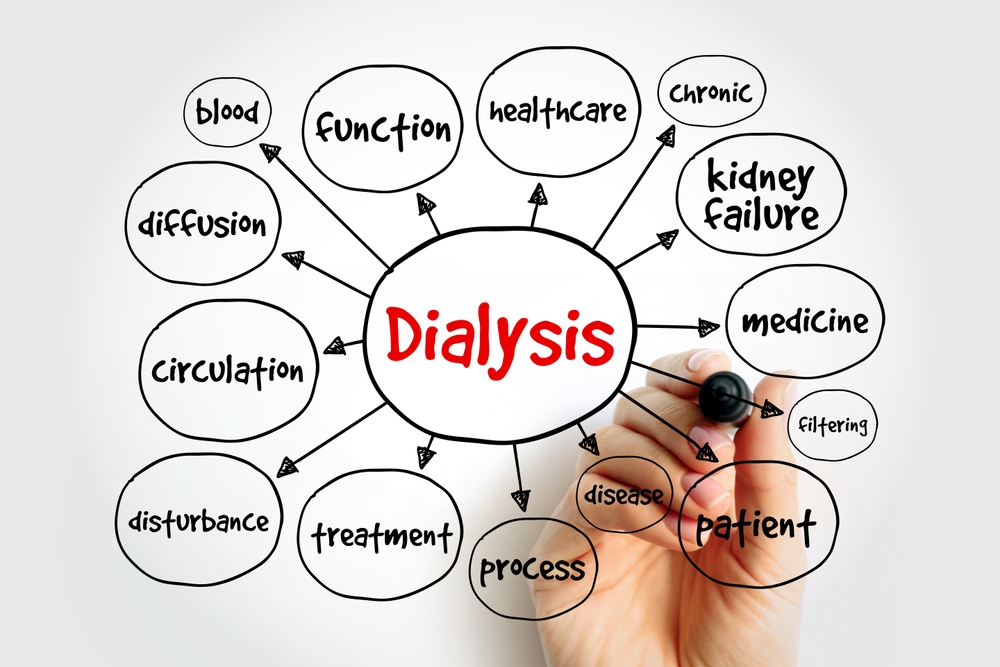Your dialysis access is your lifeline. Whether it’s a fistula, graft, or catheter, it plays a critical role in making sure your treatments are safe and effective. Just like any other part of your health, your access site needs regular care and attention. Ignoring warning signs can lead to serious complications and even hospitalization.
Here are 5 signs that your dialysis access might need medical attention:
Swelling, Redness, or Warmth Around the Site
If you notice that your access arm or site is red, warm to the touch, or swollen, it could be a sign of infection or inflammation. These symptoms should never be ignored, especially if they’re accompanied by pain or fever. Prompt treatment can prevent more serious issues.
Change in the Thrill or Bruit
A thrill is the buzzing feeling you can feel over your fistula or graft, and a bruit is the whooshing sound your care team listens for with a stethoscope. If either one feels or sounds weaker than usual, or disappears altogether, it may indicate a blockage or clot. Report this to your dialysis team immediately.
Unusual Bleeding After Dialysis
It’s normal to have a bit of bleeding after your needles are removed, but if the bleeding lasts longer than 20 minutes, or if it’s unusually heavy, it could signal a problem with the access or your blood’s clotting ability. Don’t wait, talk to your care team right away.
Pain During Dialysis
Some discomfort is normal during needle insertion, but ongoing or worsening pain during treatment isn’t. Pain during dialysis can indicate poor needle placement, narrowing of the access, or even infection. Let your nurse or technician know as soon as you feel something isn’t right.
Unexplained Fevers or Chills
If you’re experiencing fevers, chills, or night sweats, especially after dialysis sessions, it might be a sign of access-related infection or even a bloodstream infection. This can become life-threatening if untreated, so don’t ignore these symptoms.
Final Thoughts
The best way to avoid complications is to check your access site every day. Get familiar with how it should look, feel, and sound. If anything seems off, trust your instincts and contact your dialysis care team. Early detection can save your access and potentially your life.
Stay informed and take control of your kidney health!



